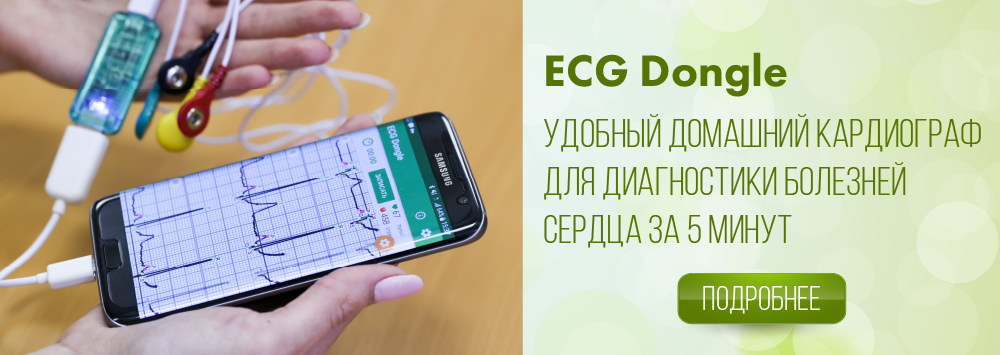Morgagni-Adams-Stokes syndrome
Morgagni-Adams-Stokes syndrome is a syncope caused by a sharp decrease in cardiac output and cerebral ischemia due to an acute cardiac arrhythmia (second-degree sinoatrial block or complete atrioventricular block, paroxysmal tachycardia, ventricular fibrillation, sick sinus syndrome and etc.).
Morgagni-Adams-Stokes syndrome can occur in such forms:
- Tachycardic: develops with paroxysmal ventricular tachycardia, paroxysm of supraventricular tachycardia and paroxysm of atrial fibrillation or atrial flutter at a ventricular contraction rate of more than 250 beats per minute, with Wolff-Parkinson-White syndrome (WPW syndrome).
- Bradycardic: develops with the refusal or stopping of the sinus node, complete atrioventricular block and sinoatrial block at a frequency of contractions of the ventricles 20 beats per minute or less.
- Mixed: develops with alternating periods of ventricular asystole and tachyarrhythmia.
Bouts usually occur suddenly, rarely last more than 1-2 minutes and, as a rule, do not entail neurological complications. Acute myocardial infarction or cerebral circulation disorders can be both a cause and a consequence of Morgagni-Adams-Stokes syndrome.
The clinical picture: the patient suddenly loses consciousness, becomes pale with a dianetic tinge, the pupils are dilated and do not respond to light, the cervical veins swell, the breathing becomes deep, then rare, irregular; the muscles of the trunk become strained, lightly twitching of the muscles of the face and hands occur first, and then epileptiform convulsions occur; the pulse is not palpable, the heart sounds are not listened to, blood pressure is not determined. The termination of an bout is accompanied by a sharp reddening of the skin. An attack lasting 4-5 minutes can end fatal. Light attacks are characterized by a slight dizziness and blackout of consciousness, accompanied by a sharp pallor. It is often possible to determine the reason for bouts by outpatient monitoring.
Treatment:
If the cause of the syndrome is tachyarrhythmias, it is necessary to prescribe the appropriate antiarrhythmic drugs. If the bouts occur as a result of bradycardia (most often with complete atrioventricular block), a permanent electrocardiostimulation is advisable. The best method of treatment for this syndrome is implantation of the electrodes of the artificial pacemaker (electrostimulator) in the heart.

